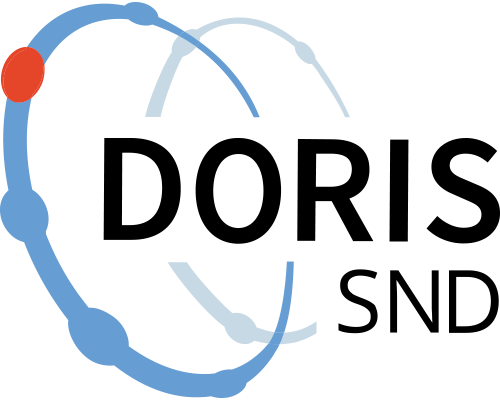Contrast enhanced longitudinal changes observed in an experimental bleomycin-induced lung fibrosis rat model by radial DCE-MRI at 9.4T
https://doi.org/10.5878/b4cg-vc79
The archive contains for the most part the dynamic contrast enhanced UTE MRI data in an experimental bleomycin lung injury model in rats. The data has been reconstructed using a time resolution of 10 seconds. A total of 247 time points are available and cover the 28 minute time period. Gadolinium based contrast agent is injected after 7 minutes. The segmented lung volumes are also part of the archive, for easy lung tissue selection in the data analysis. All images are in Dicom format. The histology data to estimate tissue-air fraction is included as well. Txt files are tables that form the basis for all figures published in the manuscript above.
The Bruker raw MRI data, and the scripts to reconstruct the data are not included in this repository due to the file size and due to the fact that the scripts use different software packages (BART toolbox, Bruker library, MiceToolKit nodes). Please contact the author (rene.in_t_zandt@med.lu.seOpens in a new tab) if the reconstruction of the images out of the RAW MRI data is to be set up. The necessary scripts will be provided together with some assistance with how to set up the software environment.
Data files
Data files
Documentation files
Documentation files
Citation and access
Citation and access
Data access level:
Creator/Principal investigator(s):
- Lund University - Lund Bioimaging Centre LBIC
Research principal:
Data contains personal data:
No
